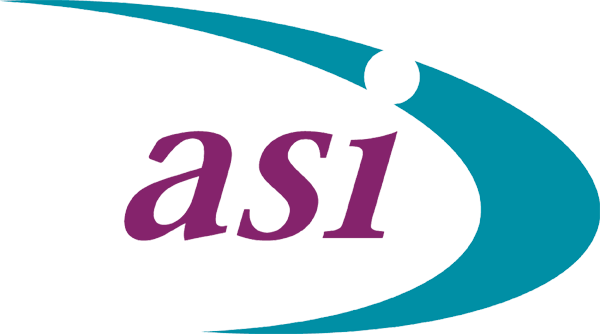Spring cleaning isn’t just for your home, it’s a time-honored tradition of renewal and efficiency. Its origins stretch back centuries, with different cultures embracing seasonal deep cleans. In ancient Persia, the tradition of khaneh tekani (literally "shaking the house") prepared homes for the Persian New Year, while in 19th-century America, spring was the perfect time to rid homes of soot and grime after a long winter of coal and kerosene heating. Today, it’s a ritual of resetting, revitalizing, and preparing for the seasons ahead.
Your business needs the same reset: clearing inefficiencies, eliminating outdated processes, and streamlining operations for peak productivity. Addressing inefficiencies now prevents them from piling up, creating a smoother workflow that saves time, reduces stress, and boosts overall productivity.
1. Spot the Clutter: Signs Your Workflows Need a Cleanup
Not sure where to start? Look for these signs of inefficiency:
Spending hours on repetitive tasks like data entry or approvals.
Relying on outdated spreadsheets or manual processes for critical operations.
Constantly chasing updates instead of receiving automatic notifications.
If you find yourself asking, "Why am I still doing this manually?" or "Why can't I automate this process?"—it's time for a cleanup.
Consider a manufacturing company we worked with that used to rely on paper forms for tracking critical data (More here). Employees spent hours compiling information manually instead of focusing on high-value work. By modernizing their processes, they reclaimed valuable time and improved efficiency—proving that a little cleanup can go a long way.
2. Clean It Out: Eliminate What Slows You Down
Once you’ve identified the problem areas, it’s time to act:
Which tasks or tools are wasting time?
Where are spreadsheets still running the show when a better system could take over?
What can be automated, delegated, or streamlined?
How will you measure improvements?
Eliminating inefficiencies now stops them from turning into major roadblocks later. Small improvements like automating report generation or setting up automatic customer notifications can free up significant time and energy for your team.
3. Keep It Clean: Prevent the Mess from Creeping Back
The key to long-term productivity isn’t just a one-time cleanup, it’s about maintaining efficiency over time. Here’s how:
Build systems, not just quick fixes. Automate updates, reports, and alerts so you’re not constantly playing catch-up.
Check in regularly. Set quarterly workflow reviews to identify and address new bottlenecks before they become major problems.
Create a culture of efficiency. Encourage employees to challenge outdated processes and suggest improvements year-round.
A clean home stays that way with regular upkeep and your business thrives with ongoing efficiency improvements.
What’s Next?
Take a moment today to assess where inefficiencies are hiding in your business. What’s one process you can clean up right now to make this year smoother?
At Ablesoft, we specialize in helping businesses streamline their operations with tailored software solutions. If you’re tired of chasing spreadsheets and manual processes, let’s talk about how we can help you scrub out timewasters and polish up productivity. Give us a call today and let’s start the next quarter, fresh.












